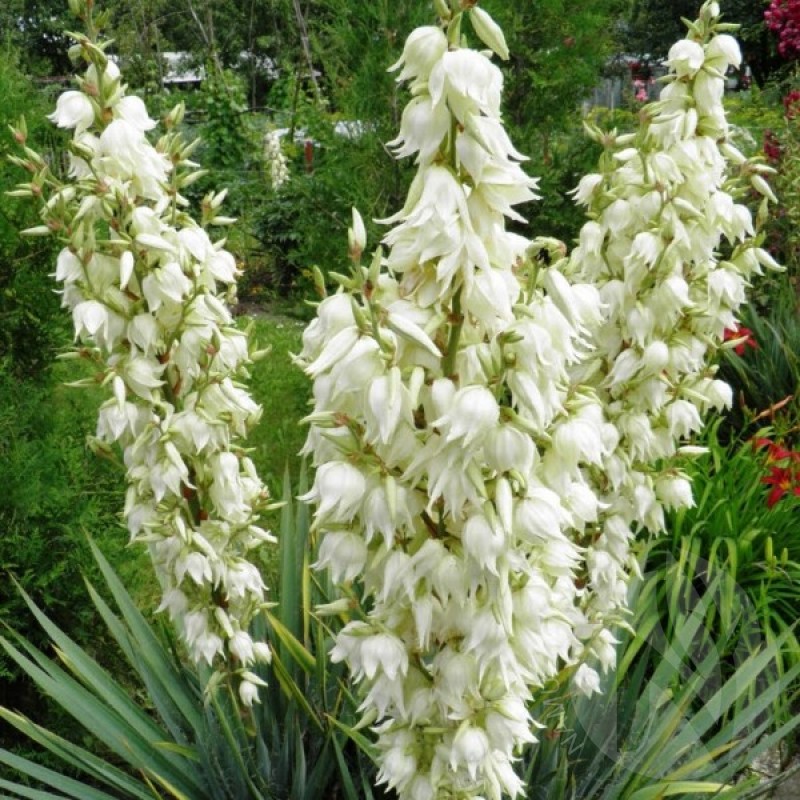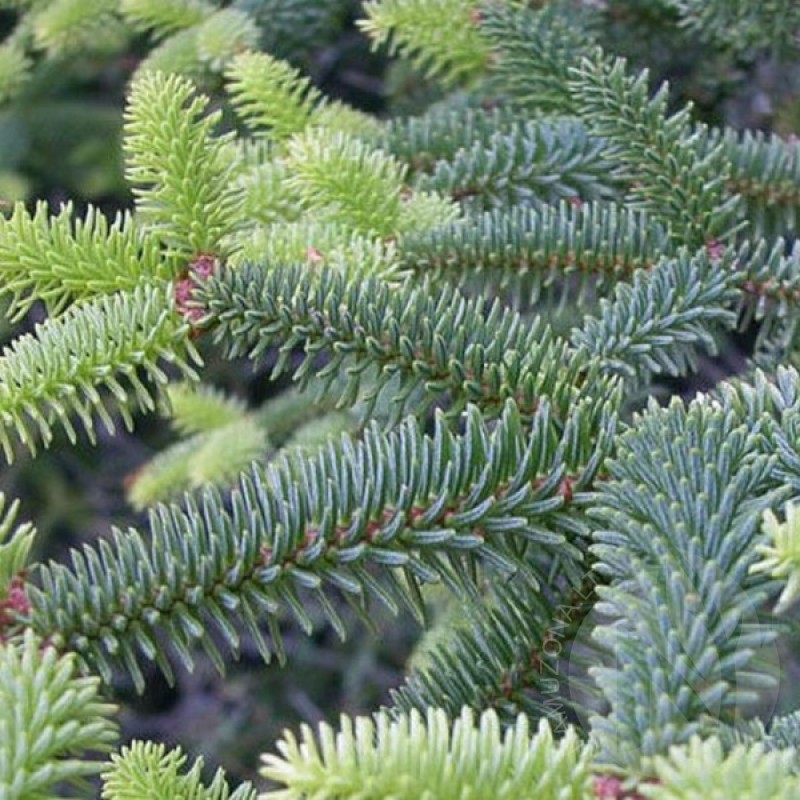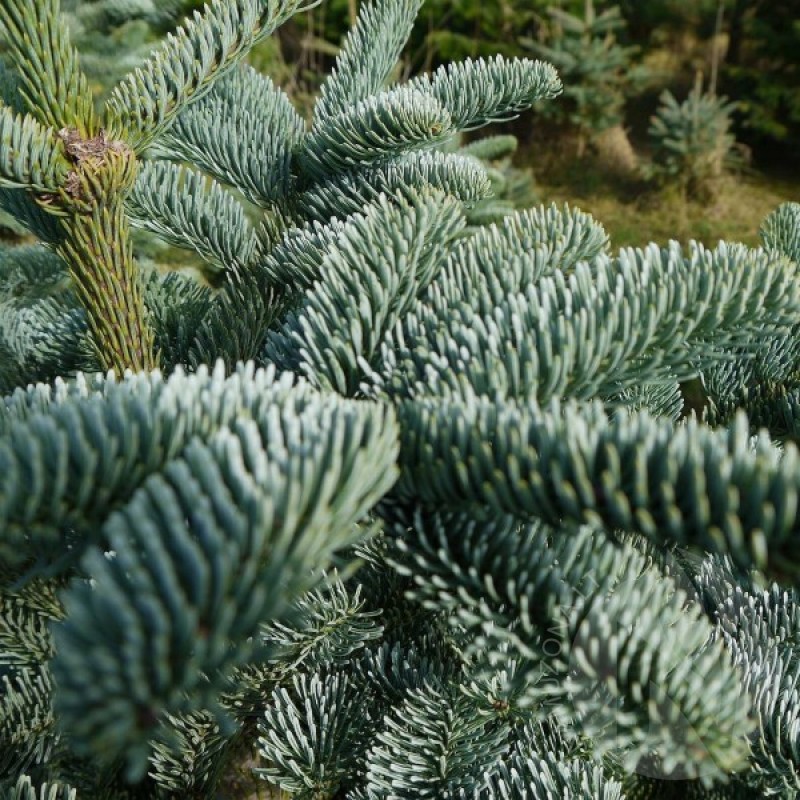
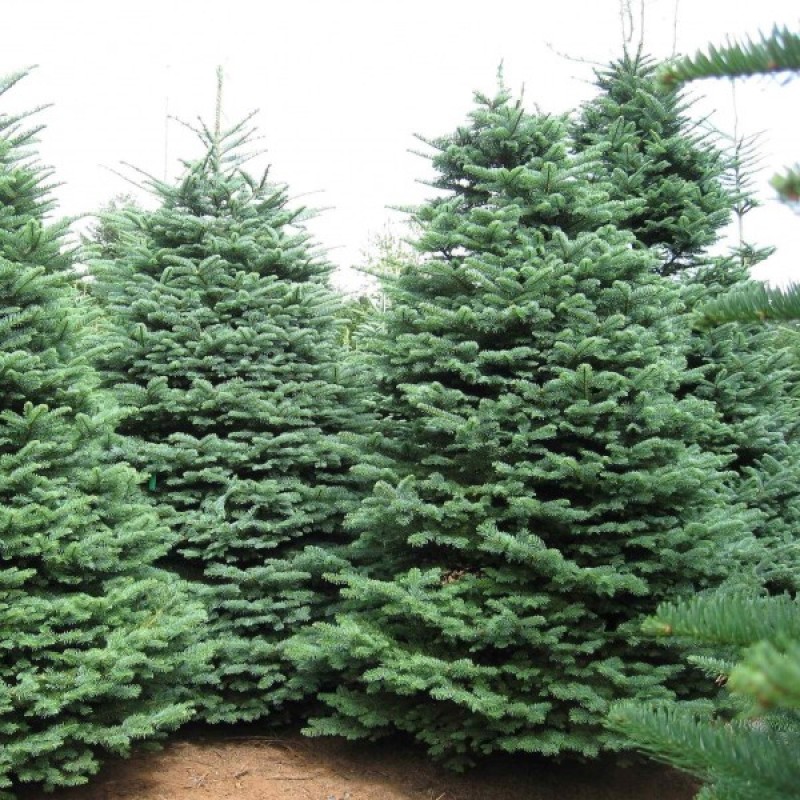
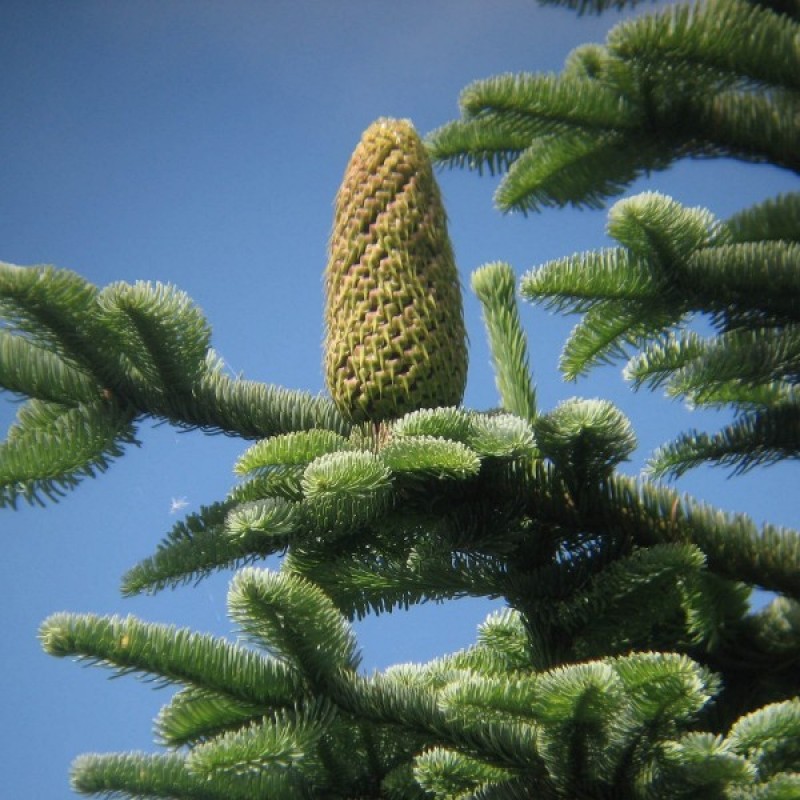
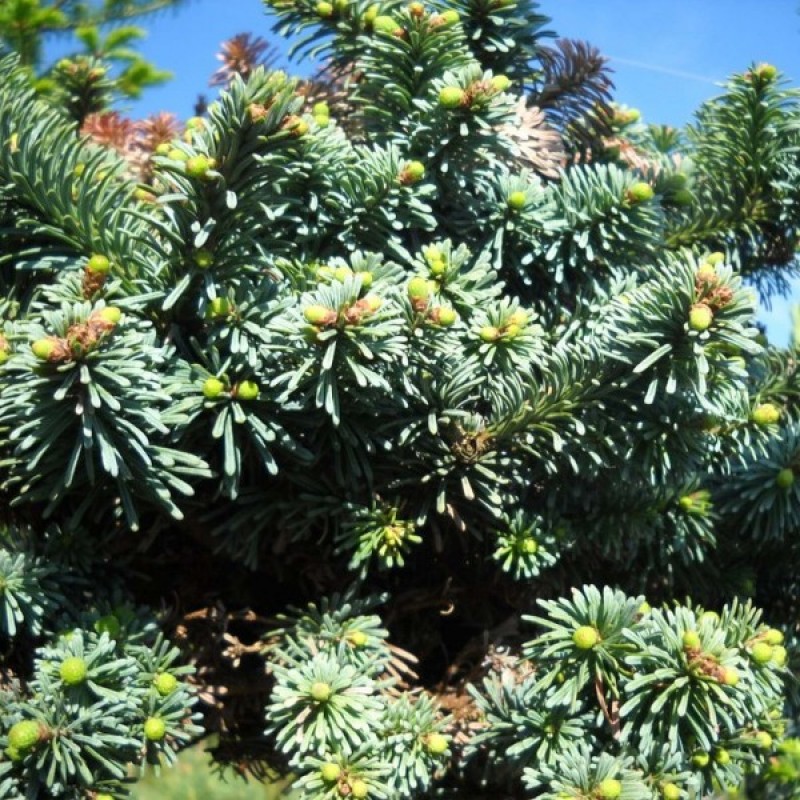
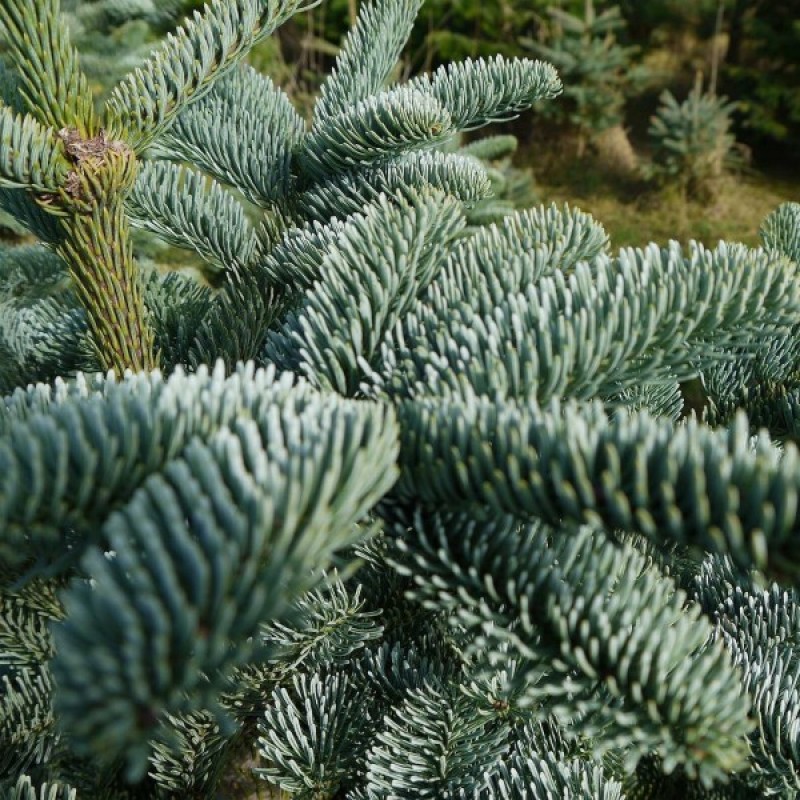
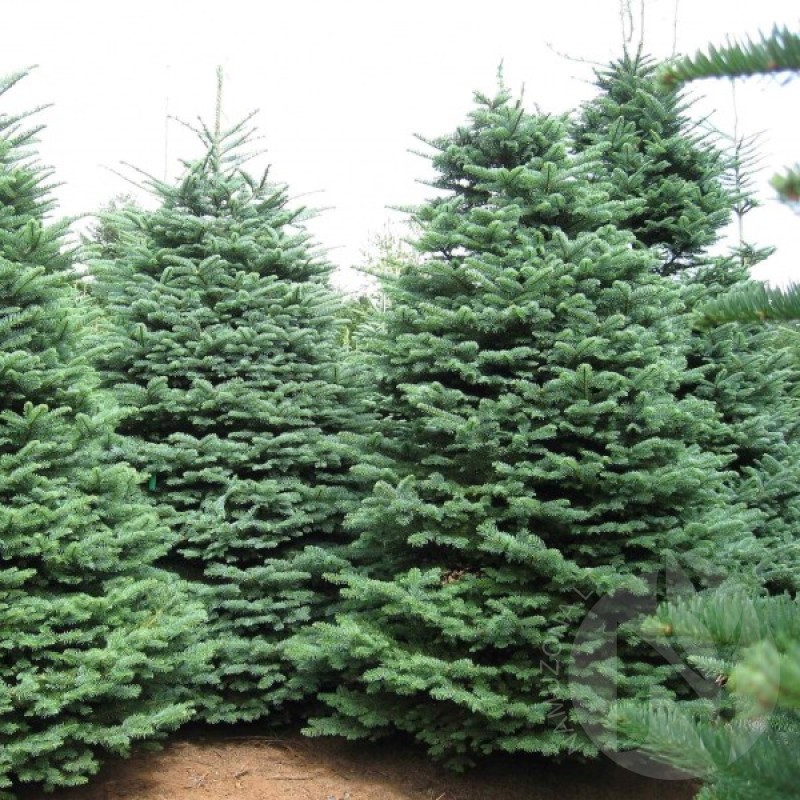
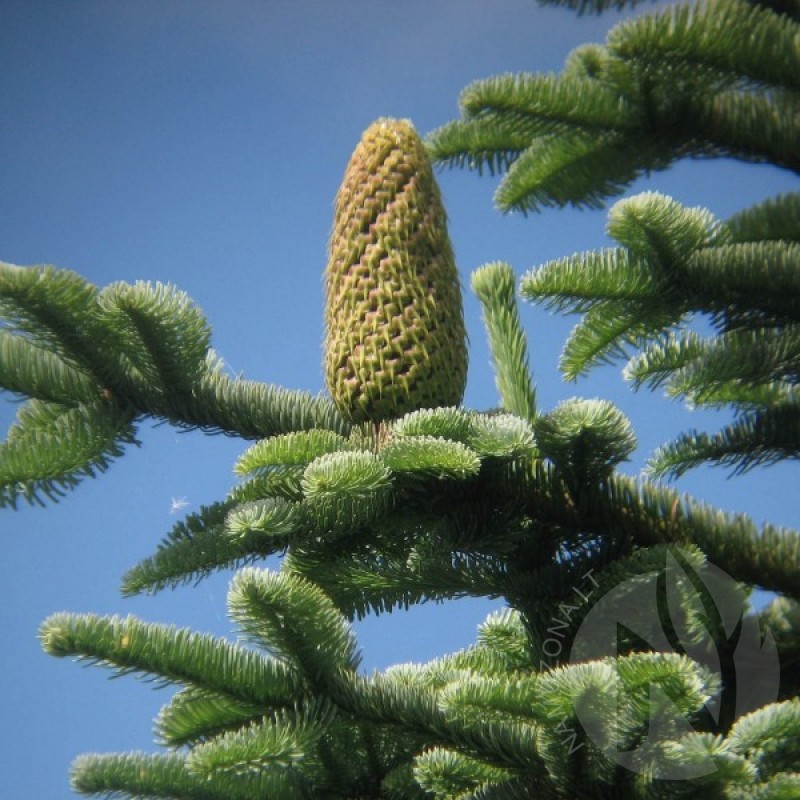
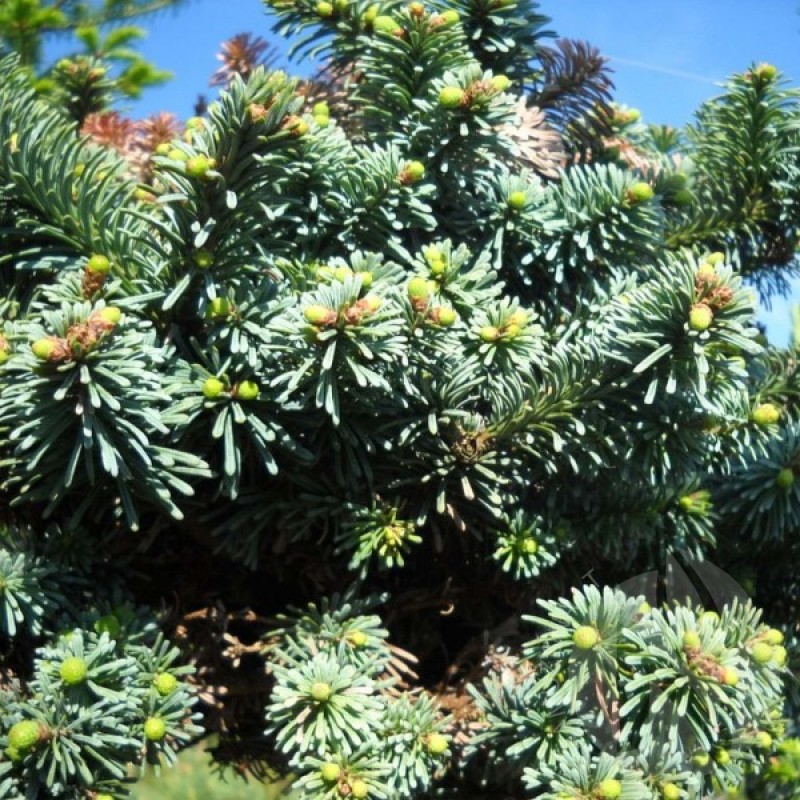
PAY ATTENTION!
All seeds (except SOLD OUT) are available for immediate shipping and will be dispatched within 1-2 business days.
INFORMATION NEEDED? PLEASE CONTACT US NOW!
Comprising some 50 tree species from cool areas of the Northern Hemisphere, firs are used worldwide for lumber, pulpwood, Christmas trees, and ornamental plants. In parts of the North Temperate Zone these coniferous evergreens are dominant forest species, important for erosion control and wildlife forage and cover.
Most firs are medium to large, conical trees with a dominant central leader. Their flattened, straight or up-curved needles sit directly on the smooth branchlets (rather than on "pegs"), typically in two opposing rows. They usually have blunt tips and two white longitudinal under-stripes. The needles often have a pleasantly pungent, resinous odor. The branches occur in regularly spaced whorls of four or five. The bark is smooth and pale on young growth, but often thick and furrowed on older trunks and branches.
These wind-pollinated trees bear separate male and female cones on the same plant. The small, oval or cylindrical male cones hang from the undersides of the upper branches. They produce so much pollen you can see it in the air. The large, erect, seed-bearing female cones perch atop the upper branches. Their scales drop in autumn, shedding the winged seeds. The axis of the shattered cone remains on the plant.
Each fir is adapted to different areas, so choose the one that matches your climate and site. Generally, firs prefer full sun and neutral to slightly acidic soils with good drainage. Most perform best in areas with cool summers. Use firs in the landscape for as screens and specimens.
Genus - Abies
Species - Nobilis
Variety - Procera
Common name - Noble Fir
Pre-Treatment - Required
Hardiness zones - 5 - 6
Height - 60 m
Spread - 10 m
Plant type - Tree
Vegetation type - Evergreen
Exposure - Full Sun, Partial Sun
Growth rate - Medium
Soil PH - Acidic, Neutral
Soil type - Light (sandy), medium (loamy), heavy (clay), nutritionally poor soils
Water requirements - Average Water
Landscape uses - Christmas tree
Leaf / Flower color - Dark Green, Silver Green / --
GERMINATION INSTRUCTIONS
Abies seeds need to be "overwintered" or stratified before they will germinate.
1. Soak overnight in warm water.
2. Then pre-chill (stratify) for 30 days. Seeds can be stratified in dampened peat, sand or moist vermiculite , in a plastic box or bag at +4C in a refrigerator. The seeds should not be frozen or in a wet medium.
Seed can be sown in early February in a greenhouse or outdoors in March. Normally will only germinate with light, but the stratification (described above) can help to increase the germination rate.
Sow Abies seeds 2-4 mm deep in the seed sowing mix.
Abies seeds will usually germinate in 21-40 days if overwintered and stratified or about 6 - 8 weeks if sown directly.
But I will return to you in the future with new orders!
Thank you and good luck!
No questions about this product.


